The 1970s were a time of cultural shifts, but one area that remained refreshingly simple was the morning routine. Without the constant distractions of modern technology—no smartphones buzzing with notifications or the pressure to check emails first thing—people in the ’70s started their days with a slower pace and fewer distractions. Morning routines were more about ease and connection to the present moment, whether that meant sipping a cup of coffee while reading the newspaper or enjoying a leisurely breakfast without the stress of multi-tasking. It was a time when people could fully embrace the rituals that grounded their day without the overwhelming noise of the digital age.
In this blog post, we’ll explore 13 reasons why mornings in the 1970s felt simpler, offering a glimpse into a time when the rush of modern life hadn’t yet encroached on our early hours. From less reliance on technology to a more deliberate focus on self-care, the ’70s morning routines had a calm, organic flow that many people today might envy. Whether you grew up in the ’70s or are just curious about how life was different, we’ll delve into the habits, culture, and daily practices that made mornings feel more peaceful and manageable back then.
Analog Alarm Clocks
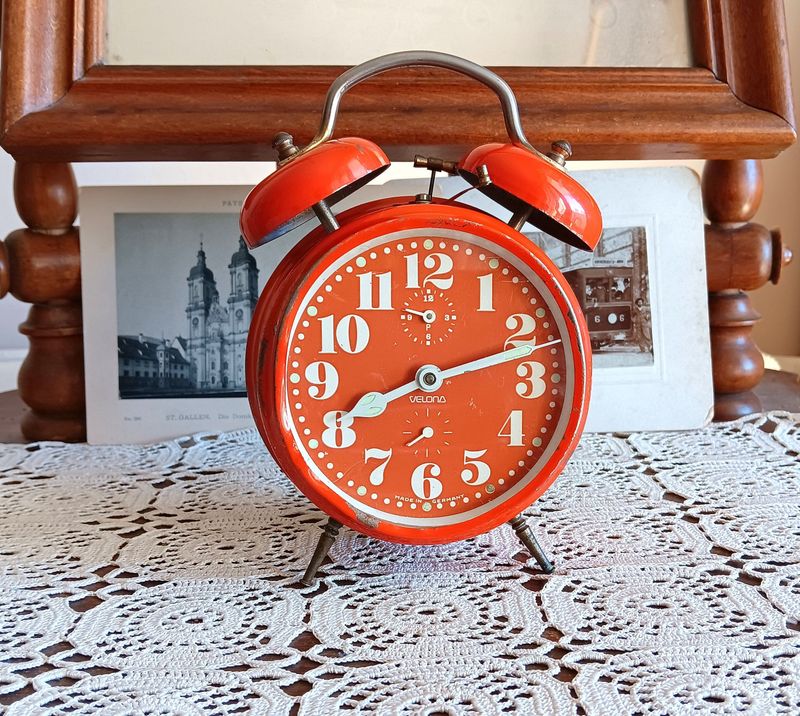
In the 1970s, waking up was often signaled by the gentle ticking of an analog alarm clock. These clocks, with their large, easy-to-read numbers and hands, provided a comforting presence on the bedside table. The ticking sound was a familiar rhythm, helping ease one into the day without the jarring beeps of modern digital alarms. Unlike today’s noisy gadgets, these clocks required no electricity, just a simple wind-up mechanism. This simplicity helped mornings start on a quieter, more peaceful note, allowing individuals to focus on the day ahead without unnecessary technological distractions.
Simple Breakfasts

Breakfast in the ’70s was a no-fuss affair, often consisting of staples like eggs, toast, and orange juice. The emphasis was on wholesome, uncomplicated meals that provided nourishment without the bells and whistles of today’s elaborate concoctions. Families gathered around the kitchen table, enjoying each other’s company over a simple meal.
The ritual of a consistent, straightforward breakfast created a comforting start to the day, promoting a sense of routine and stability. The absence of fast-food chains offering breakfast options meant families often prepared meals at home, fostering togetherness.
Newspaper Reading

Mornings in the ’70s often started with the rustle of a newspaper. People took time to catch up on world events, local news, and entertainment. This routine was more than just about staying informed; it was a moment to reflect, ponder, and prepare mentally for the day.
Reading a newspaper encouraged a slower pace, allowing individuals to sip their coffee thoughtfully while engaging with the world through print. The tactile experience of turning pages was satisfying and grounding, offering a stark contrast to today’s instant digital news feeds.
Minimalist Grooming
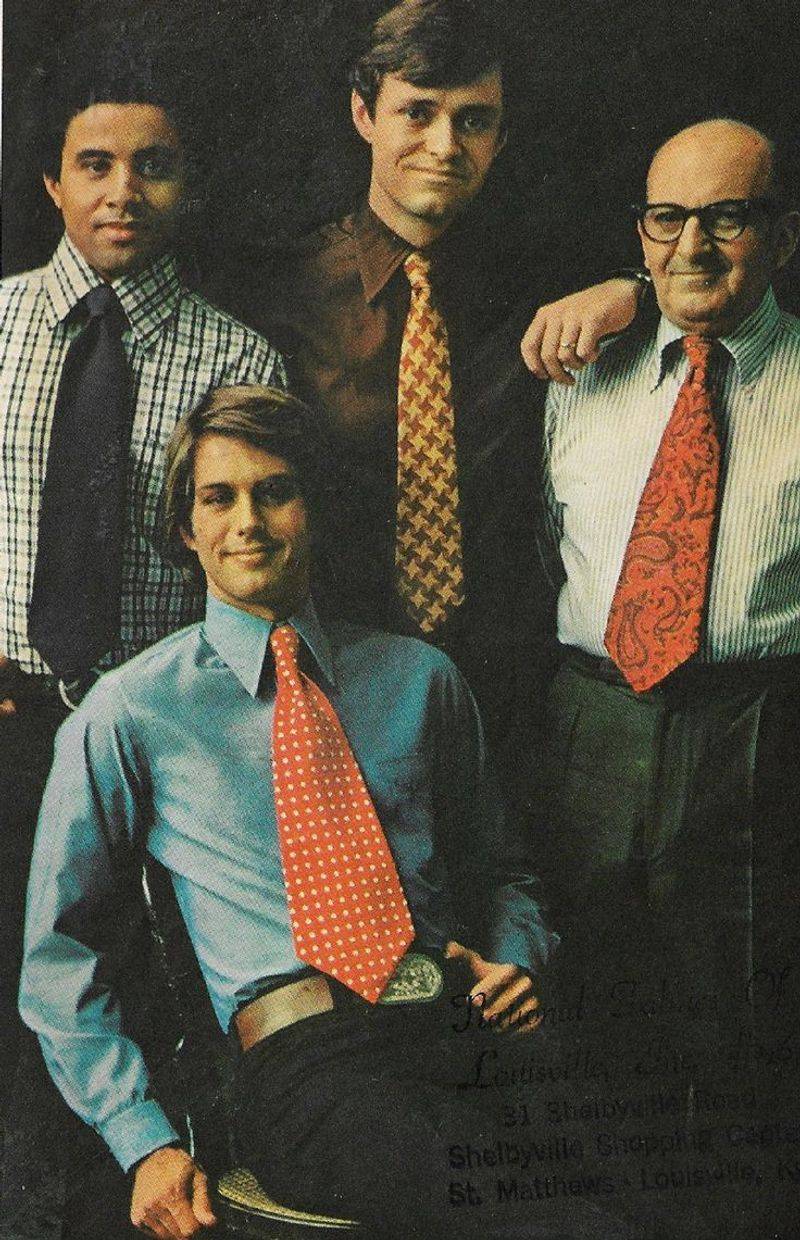
Grooming routines in the 1970s were straightforward and minimalist. Men often used straight razors and shaving cream, while women might opt for simple hair brushing and natural looks. This pared-down approach to grooming reflected the era’s broader cultural shift towards natural beauty and self-acceptance.
With fewer products cluttering bathroom shelves, mornings were less about appearance and more about getting ready comfortably. This simplicity not only saved time but also reduced stress, allowing people to face the day with confidence and ease, embracing their natural selves.
Radio Tunes
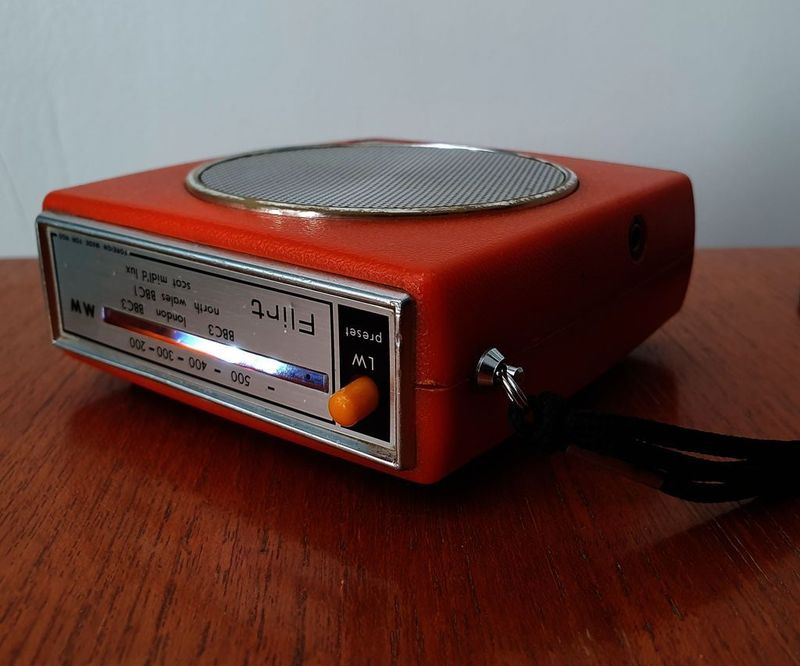
Before the era of streaming and on-demand playlists, the radio was a morning staple in the ’70s. Families tuned in to their favorite stations, filling their homes with music and news. The unpredictability of radio playlists introduced listeners to a variety of songs, fostering a love for diverse genres.
This communal listening experience brought families together, often sparking spontaneous kitchen dance sessions. The radio’s presence was a comforting backdrop to morning routines, providing companionship and entertainment without the need for screens or complex technology, making mornings feel more connected and lively.
Natural Skincare

In the 1970s, skincare was all about natural ingredients and simple routines. People often turned to kitchen staples like aloe vera and coconut oil to hydrate and nourish their skin. These natural remedies were gentle and effective, reflecting the decade’s broader movement towards organic and holistic living.
The simplicity of these skincare routines minimized the time spent in front of the mirror, allowing individuals to focus on other morning activities. The absence of complicated, chemical-laden products meant that skincare was both affordable and accessible, promoting a healthier, more natural approach to beauty.
Casual Wardrobes

Fashion in the 1970s embraced comfort and individuality, with casual wardrobes becoming the norm. Morning routines were simplified by the ease of selecting outfits like flared jeans and tie-dye shirts. The relaxed fit and vibrant prints allowed people to express their personality effortlessly.
This freedom in fashion extended to footwear, with comfortable sneakers often accompanying daily attire. The casual dress code reduced the stress of choosing what to wear, making mornings less rushed. The focus was on self-expression rather than adhering to rigid fashion rules, fostering a sense of confidence and ease.
Walking to School or Work

In the ’70s, many people walked to school or work, enjoying fresh air and exercise as part of their morning routine. This daily practice fostered community connections, as neighbors greeted each other and children walked together in groups. Walking was not only environmentally friendly but also allowed for a moment of reflection before the day’s responsibilities. The lack of reliance on cars or public transportation reduced the stress of morning commutes, making the start of the day feel more leisurely and fulfilling. This connection with nature and community set a positive tone for the day.
Handwritten Lists
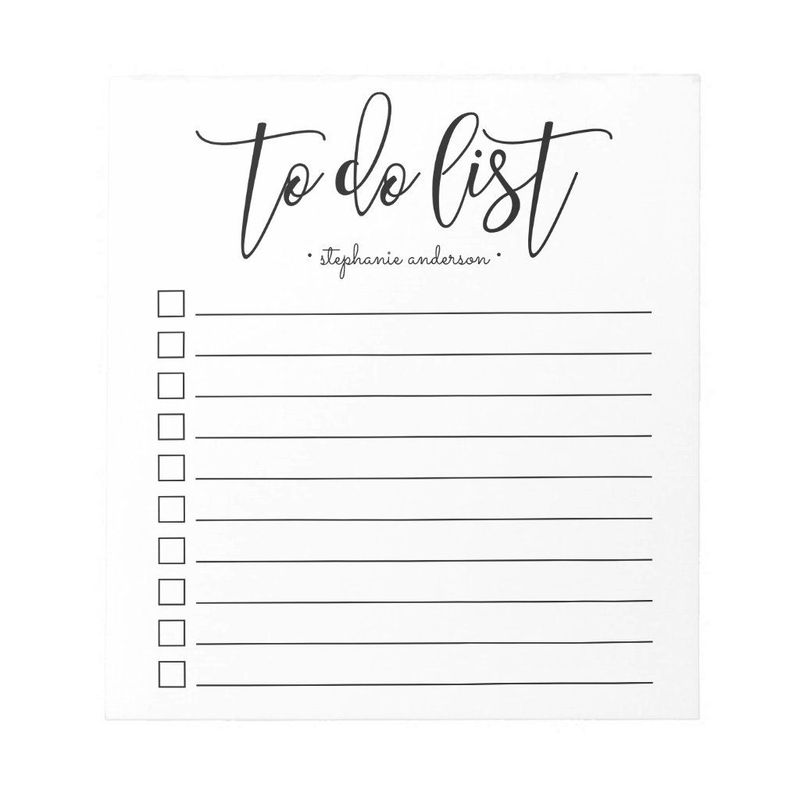
Before digital organizers, handwritten lists were a staple of ’70s morning routines. People took a few moments each morning to jot down tasks and priorities on paper. This simple act of writing helped to clarify thoughts and organize the day ahead. The tactile experience of pen on paper was both satisfying and grounding, offering a break from today’s screen-driven productivity tools. By focusing on a few key tasks, individuals were able to maintain clarity and purpose throughout their day. These handwritten lists emphasized intentionality and mindfulness, reducing feelings of overwhelm.
Analog Coffee Makers
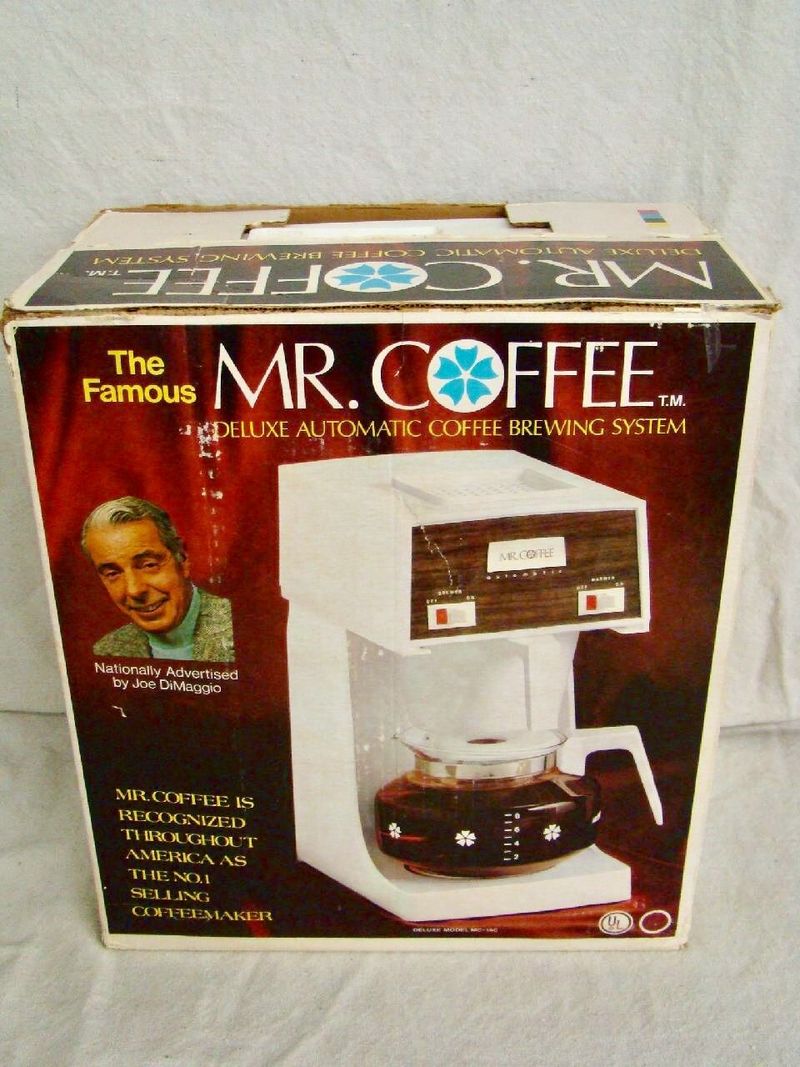
Coffee-making in the ’70s was a ritual in itself, often involving stovetop percolators. These analog coffee makers required more time and attention than modern machines, turning the process of brewing coffee into a mindful morning ritual.
The aroma of freshly brewed coffee filling the kitchen was a comforting and invigorating start to the day. This slow, deliberate preparation encouraged individuals to savor their morning cup, fostering a sense of presence and enjoyment. The simplicity and reliability of these coffee makers made them a beloved staple of ’70s kitchens, enhancing the morning experience.
Less Screen Time

The absence of screens in the 1970s meant that mornings were less cluttered with digital distractions. People had more time for family conversations, reading, or other mindful activities. Without the constant barrage of notifications and alerts, mornings were calmer and more focused.
This lack of screen time allowed individuals to start their day with intention, free from the stress of digital information overload. Engaging in face-to-face interactions and analog activities promoted deeper connections and a more relaxed start to the day, setting a positive, balanced tone for the hours ahead.
Home-cooked Lunch Preparations
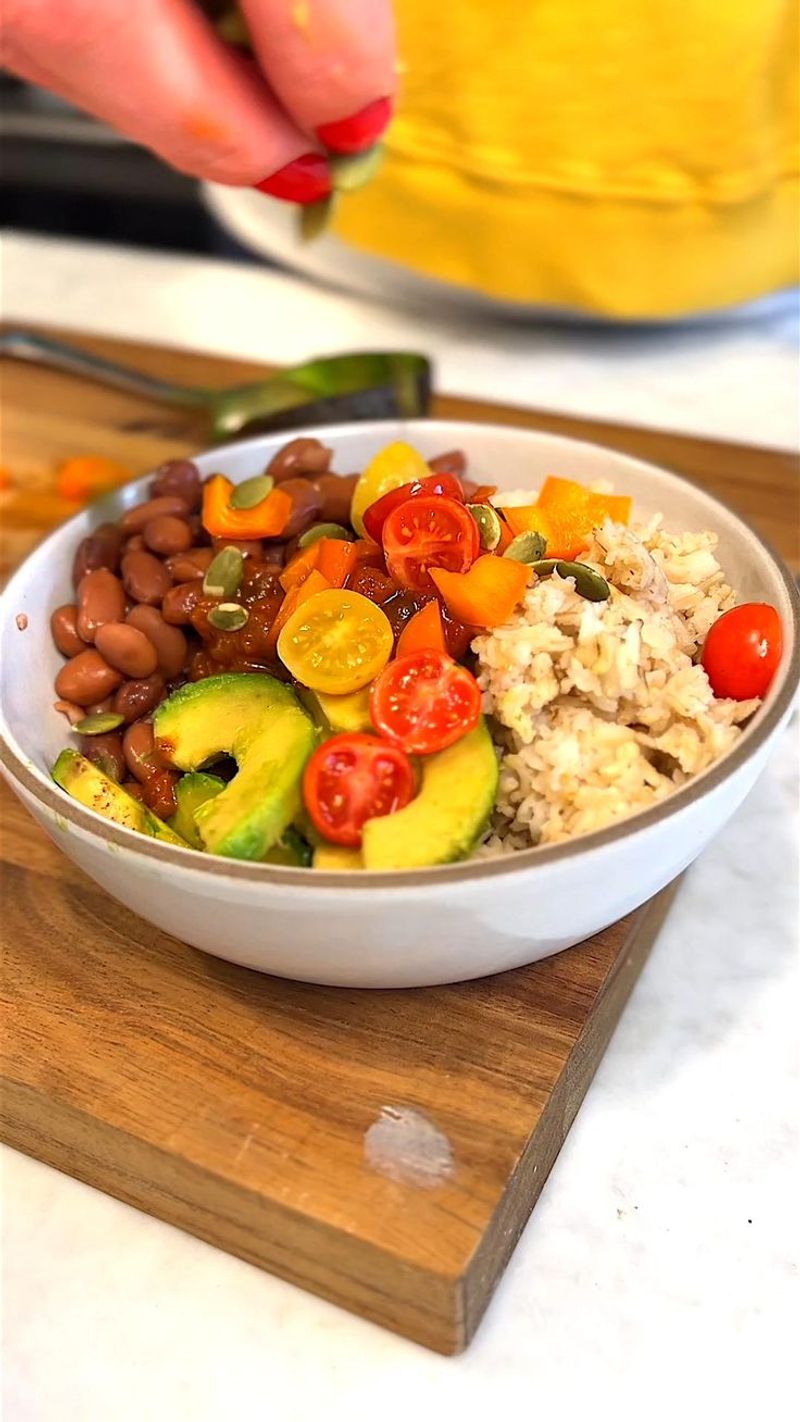
Preparing a home-cooked lunch was a common task in ’70s households, often done in the morning. Parents took time to pack nutritious meals for their children, ensuring they had wholesome food throughout the day. This routine fostered a sense of care and responsibility, as families prioritized health and nutrition over convenience.
The process of planning and preparing lunches was a shared experience, often involving children in selecting their favorite foods. This daily ritual not only ensured healthy eating habits but also strengthened family bonds, making mornings more meaningful and connected.
Quiet Reflection Time

Quiet reflection was a valued part of ’70s morning routines. Many took a few moments each day to sit quietly, perhaps with a cup of tea or coffee, allowing themselves to think or meditate. This practice of mindfulness helped set a calm and composed tone for the day, reducing stress and enhancing well-being. With fewer distractions, individuals could focus on their thoughts and intentions, fostering a deeper connection with themselves. This quiet time provided an opportunity to plan, dream, and simply be, adding a peaceful and introspective start to busy days.
